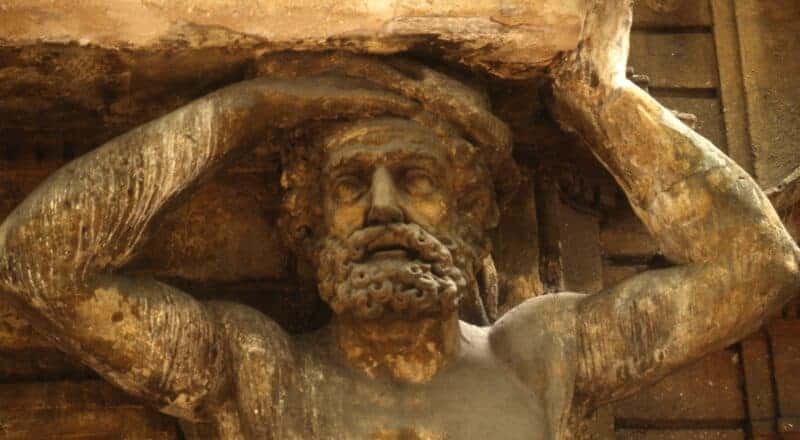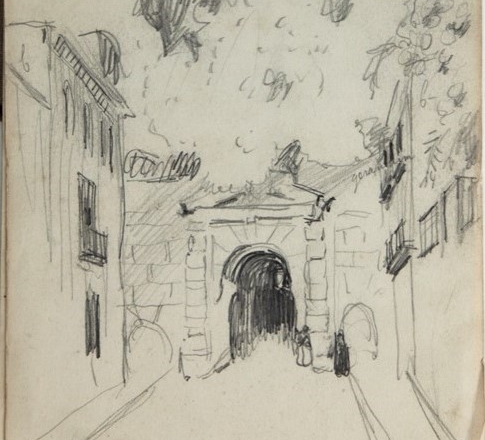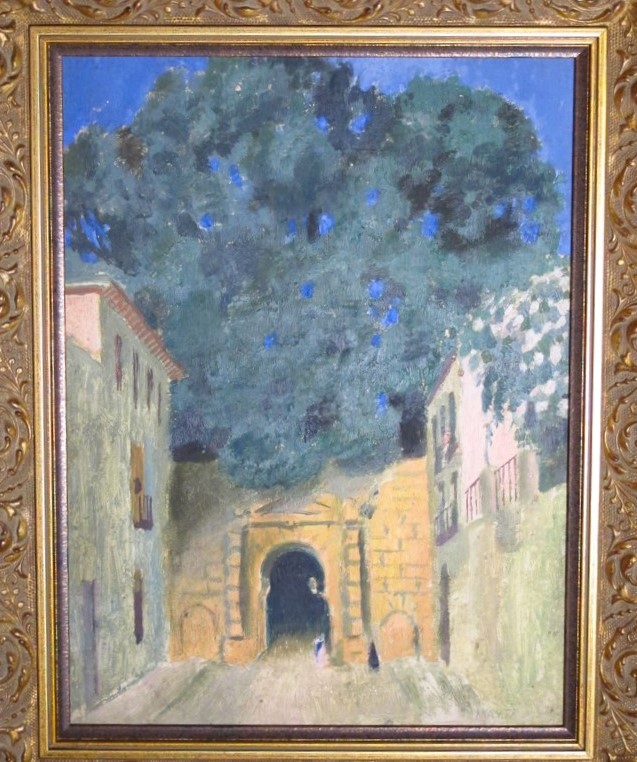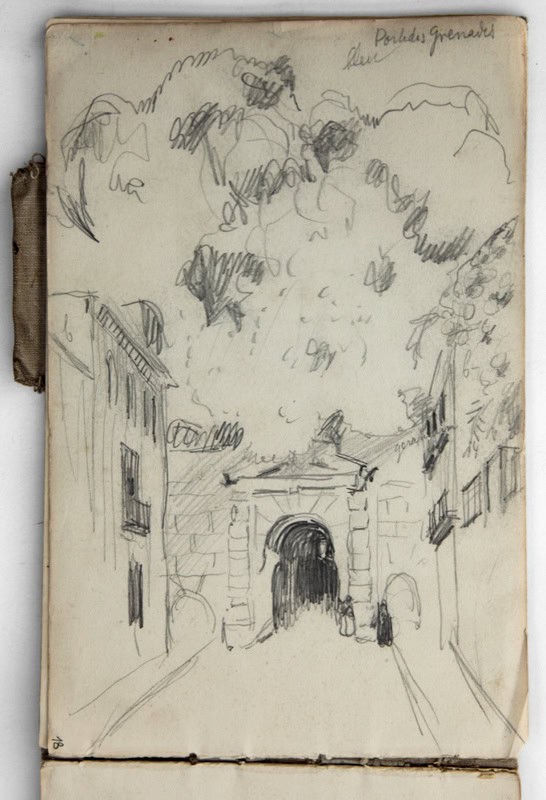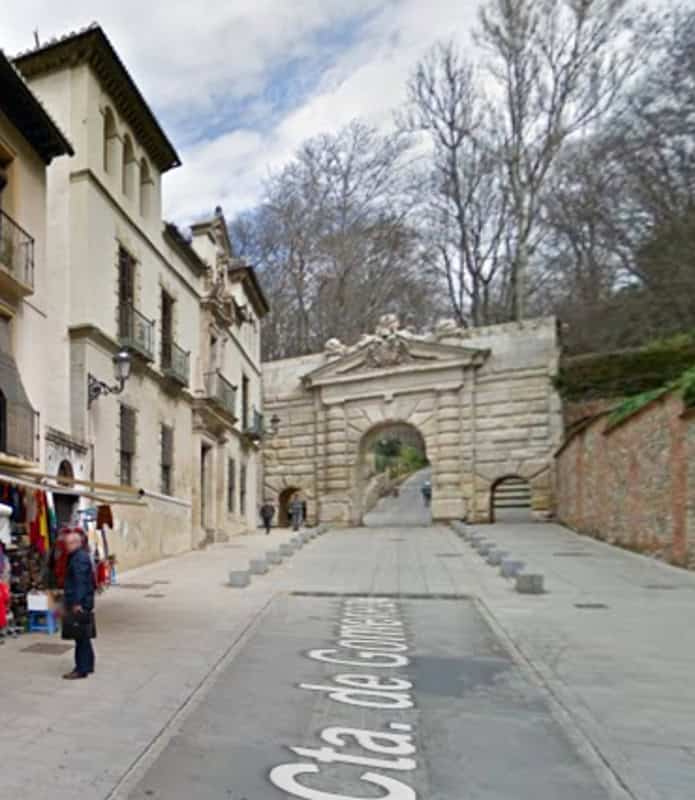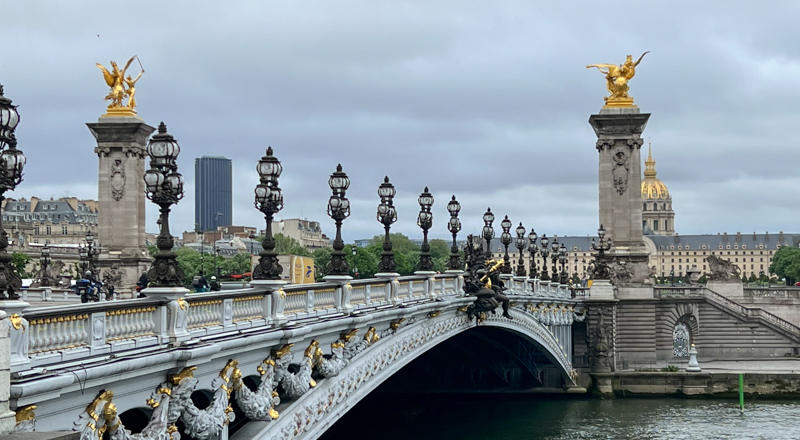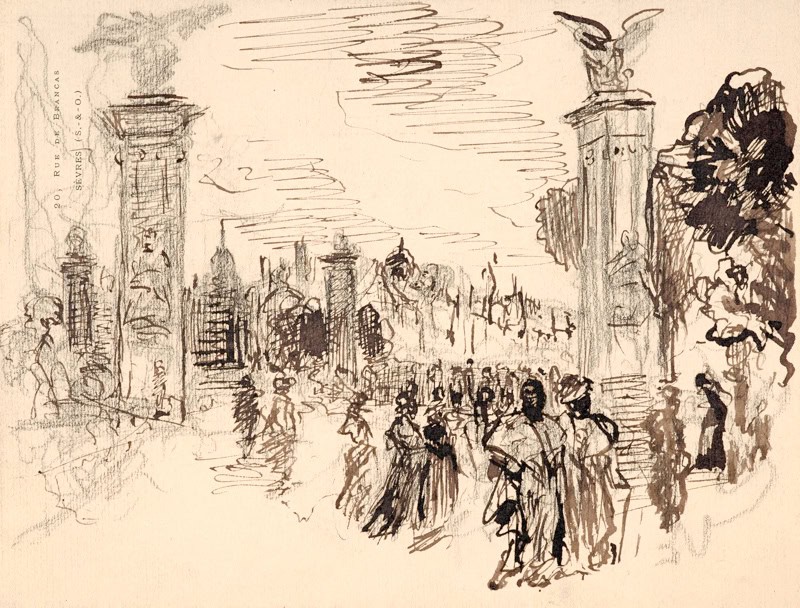Understanding a few key French phrases is paramount to bidding on and purchasing paintings from France. Here are a few terms that auction houses may provide to guide a potential bidder.
“Très léger cheveu au col” is a tight hairline crack or fracture at the neck of the vase.
“Trous de vers dans le panneau” indicates that the wood panel has an insect infestation. When I received a Monticelli painting I asked a conservator to clean the painting. She recognized the signs of the infestation (which the auction house had not disclosed). The conservator was hesitant to treat the infestation because the treatment could further damage the painting. Ultimately I returned the painting to the auction house for a refund (which is another story…)
“Entourage de” translates to “in the circle of”. For example if lot description of a painting refers to “entourage de Camille Corot”. In their opinion a work of the period of the artist showing his influence, closely associated with the artist but not necessarily his pupil.
Similarly, a ceramic vase “A la manière de Jean Besnard” means “in the manner of Jean Besnard” indicating that the vase is most likely NOT the work of the great ceramicist.
“DLG” is an initialism for “dans le gout” which means “in the taste of”. This is similar to “entourage de” which is “in the circle of” an artist.
“Huile sur toile” or “HST” is “oil on canvas”.
“Huile sur papier contrecollé sur panneau” is “oil on paper attached to a panel”.
“Aquarelle” is a watercolor or gouache.
“Nettoyer” is dirty. I often inquire if there is surface grime on the painting which would require that the painting be cleaned after purchase.
“Craquelure” is is the fine pattern of dense cracking formed on the surface of materials and can be induced by drying, aging, intentional patterning, or a combination of all three.
“Salissures & taches d’humidité” refers to “dirt and moisture stains” which may be present on a lithograph, watercolor or print.
“Déchirure” is a tear which may be present on a canvas, lithograph, watercolor or print.
“Cheveu” indicates a hairline crack on a piece of ceramic.
“Fêles de cuisson” is a cooking crack in a piece of ceramic.
